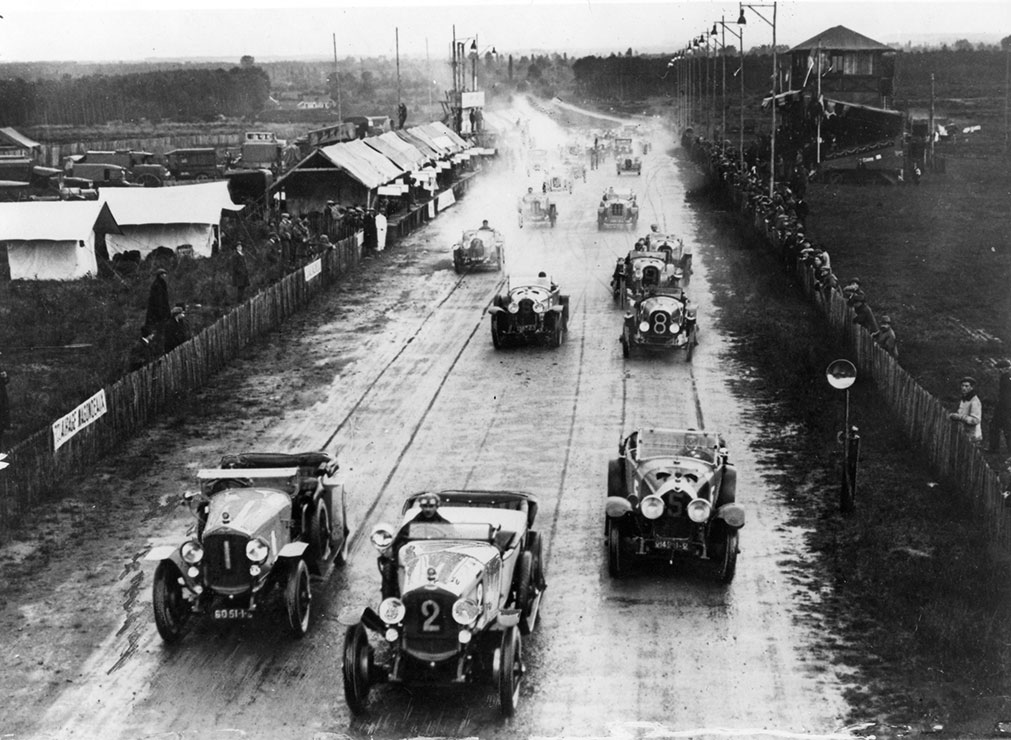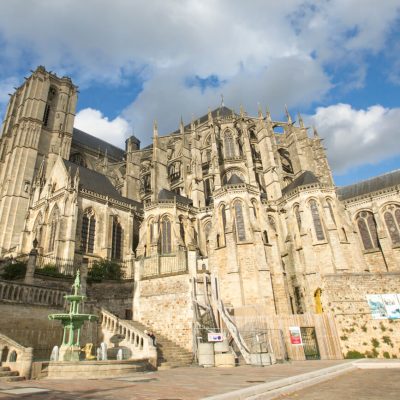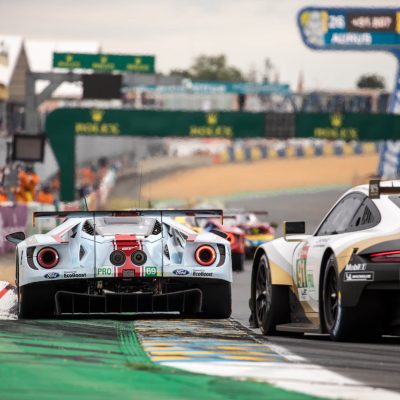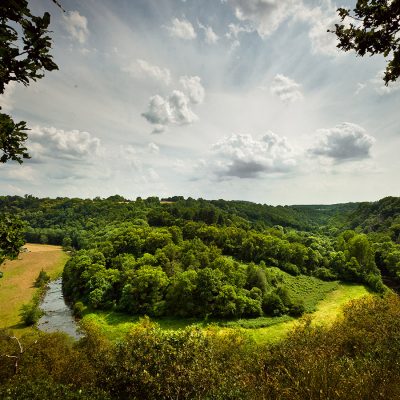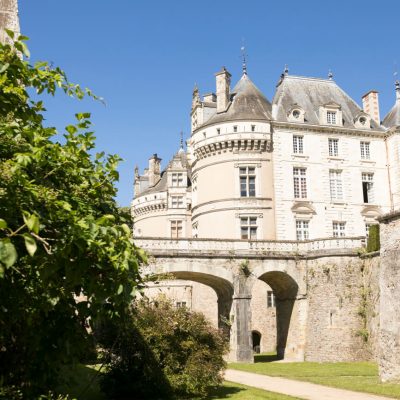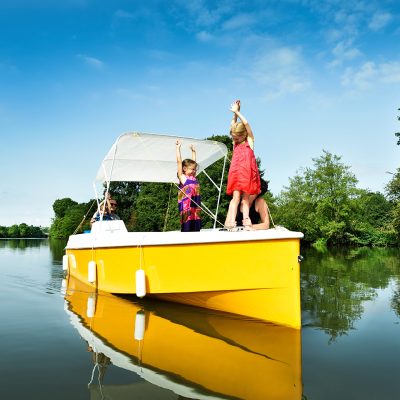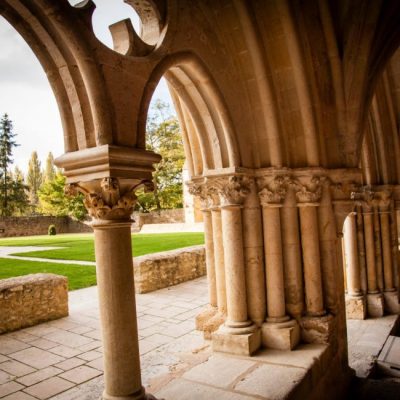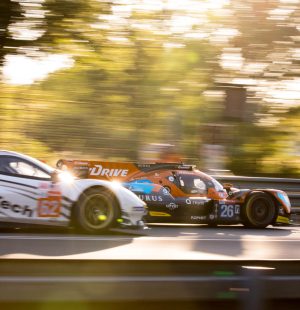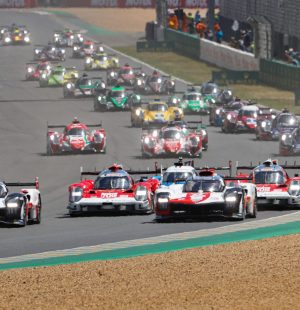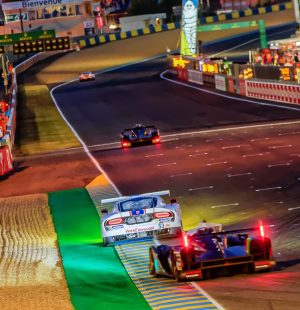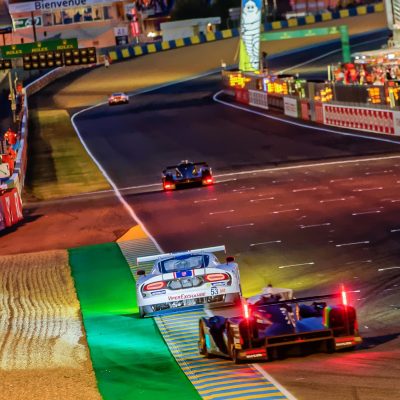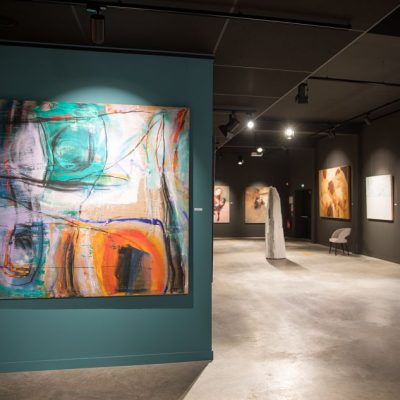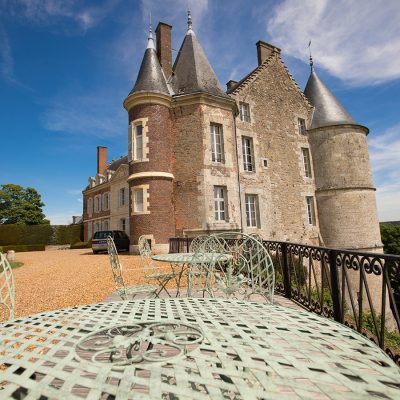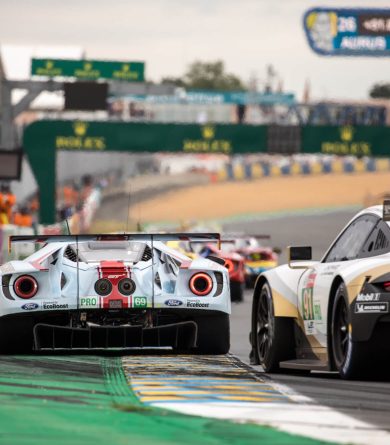Created in 1923, the competition has left a lasting mark on the history of world motorsport and is part of the Sarthe identity.
The origins, the Sarthe, pioneer of the automobile
Why did the 24 Hours start in Sarthe? To answer it, we must go back to the history of the beginnings of the automobile in France. Sarthe, thanks to brilliant inventors, is one of the pioneers in this field.
The Obedient, one of the first cars in the world is Le Mans
In 1873, Amédée Bollée from Le Mans created the Obéissante, the very first steam-powered road vehicle. The ease with which the “locomobile” can be driven contrasts with cars of the same period. Despite its more than 4 tons, it is capable of reaching 40 km/h and can carry 12 people. In 1875, the Obedient created the feat by connecting Paris from Le Mans, i.e. 230 km in 18 hours! Amédée Bollée receives 75 fines but succeeds in his bet. The Bollées built cars until 1931. 9 models can be discovered at the 24 Hours of Le Mans Museum, including the Mancelle, the first car produced in series in 1878.
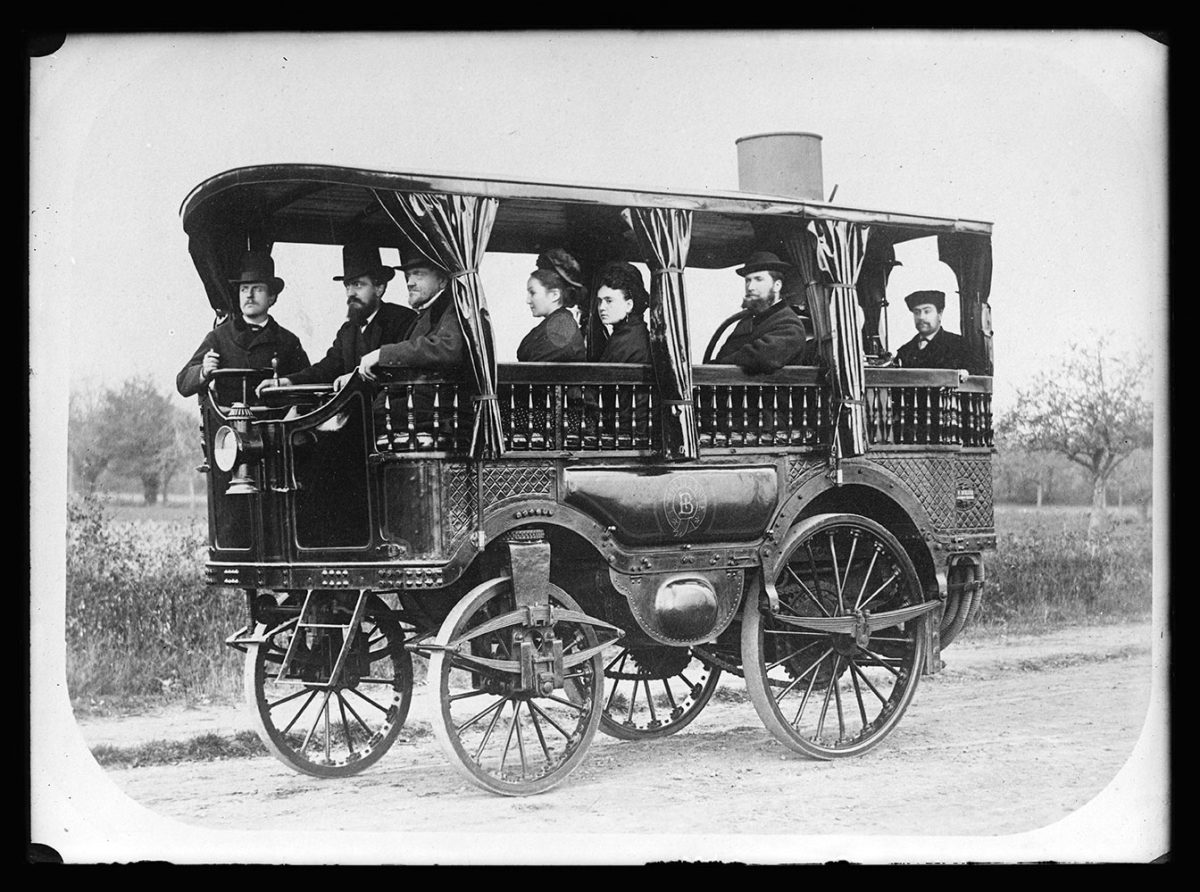
© Fonds Bollée-Archives Départementales de la Sarthe
The first Grand Prix of the Automobile Club de France takes place in Sarthe
At the start of the 20th century, the Gordon Bennett Cup was one of the most prestigious car races in the world. The Automobile Club de France, dissatisfied with the regulations which disadvantage French manufacturers, created its own race, its first Grand Prix. La Sarthe is chosen to serve as a setting for the competition. The newspaper L’Auto writes that “the automobile has all the sympathies of the region” and recalls that Sarthe is also “the homeland of the Bollées” justifying the choice of the ACF.
On June 26 and 27, 1906, the 34 cars in the event set off on a 103.18 km course made of dusty roads and sometimes planks of wood, between La Ferté-Bernard, the outskirts of Le Mans and Saint-Calais. . After just over 12 hours, Ferenc Szisz’s Renault AK wins the competition. Only 11 cars finish the race.
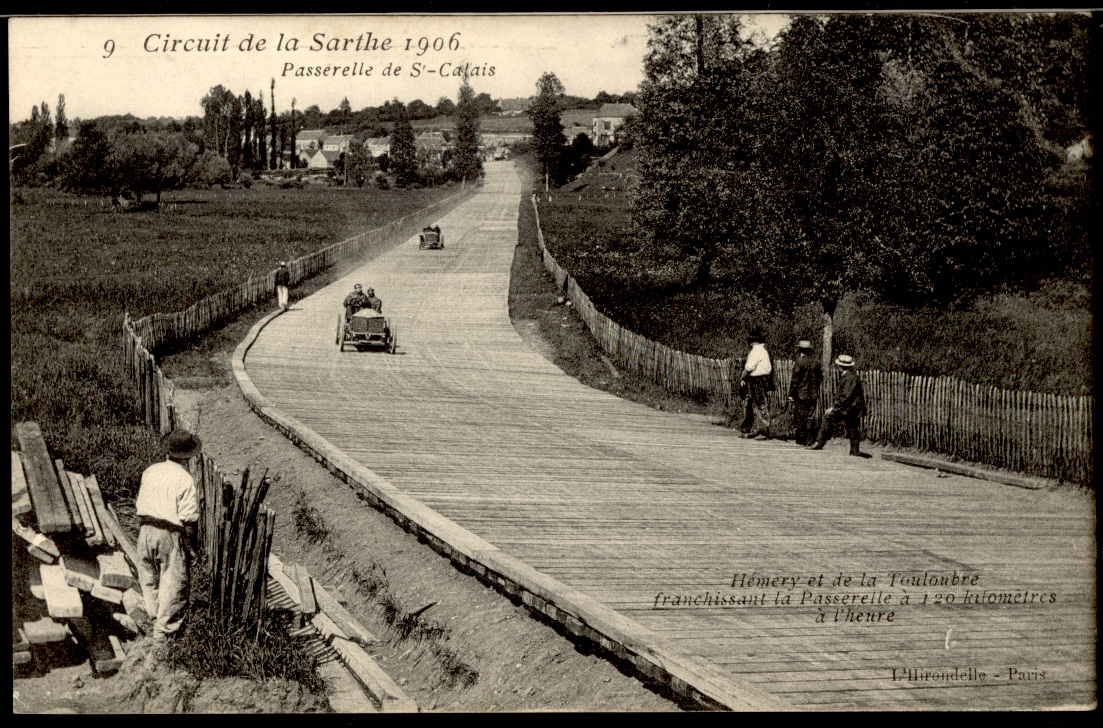
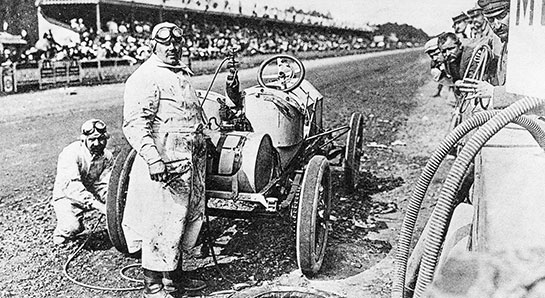
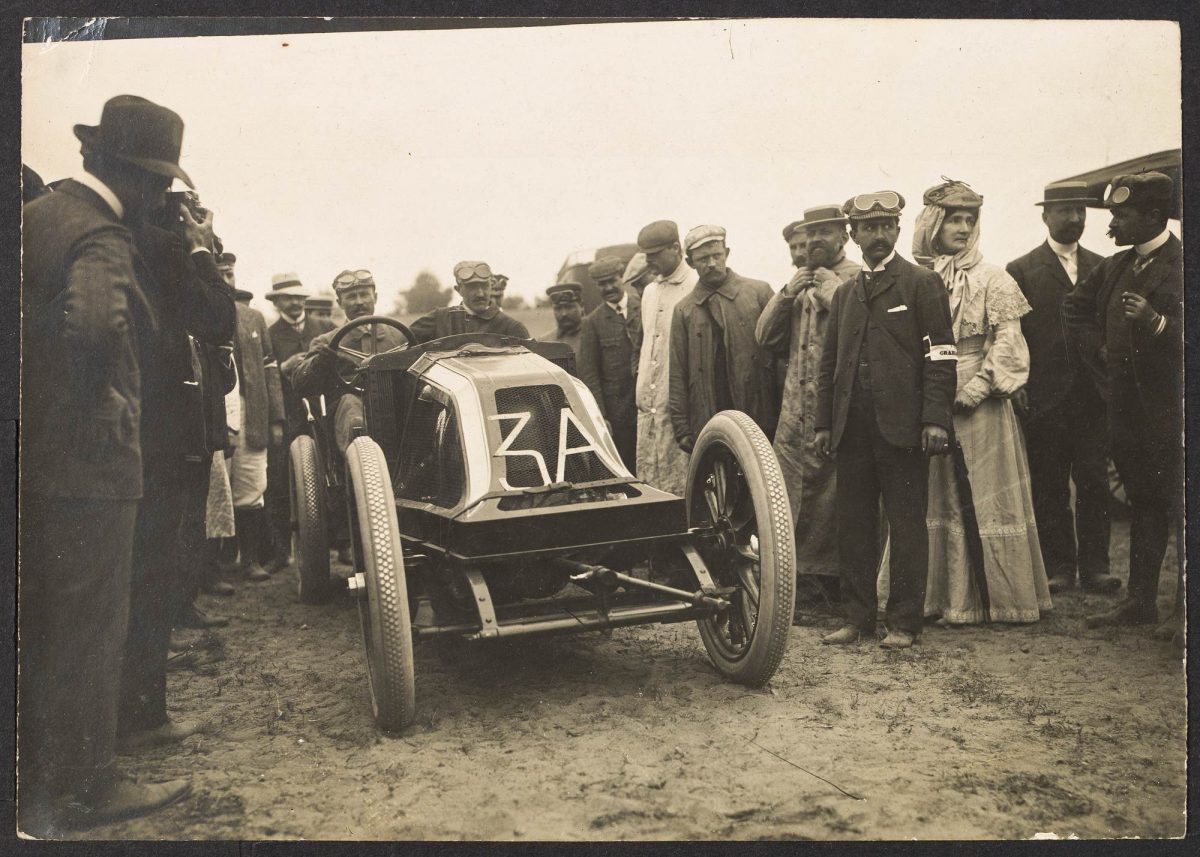
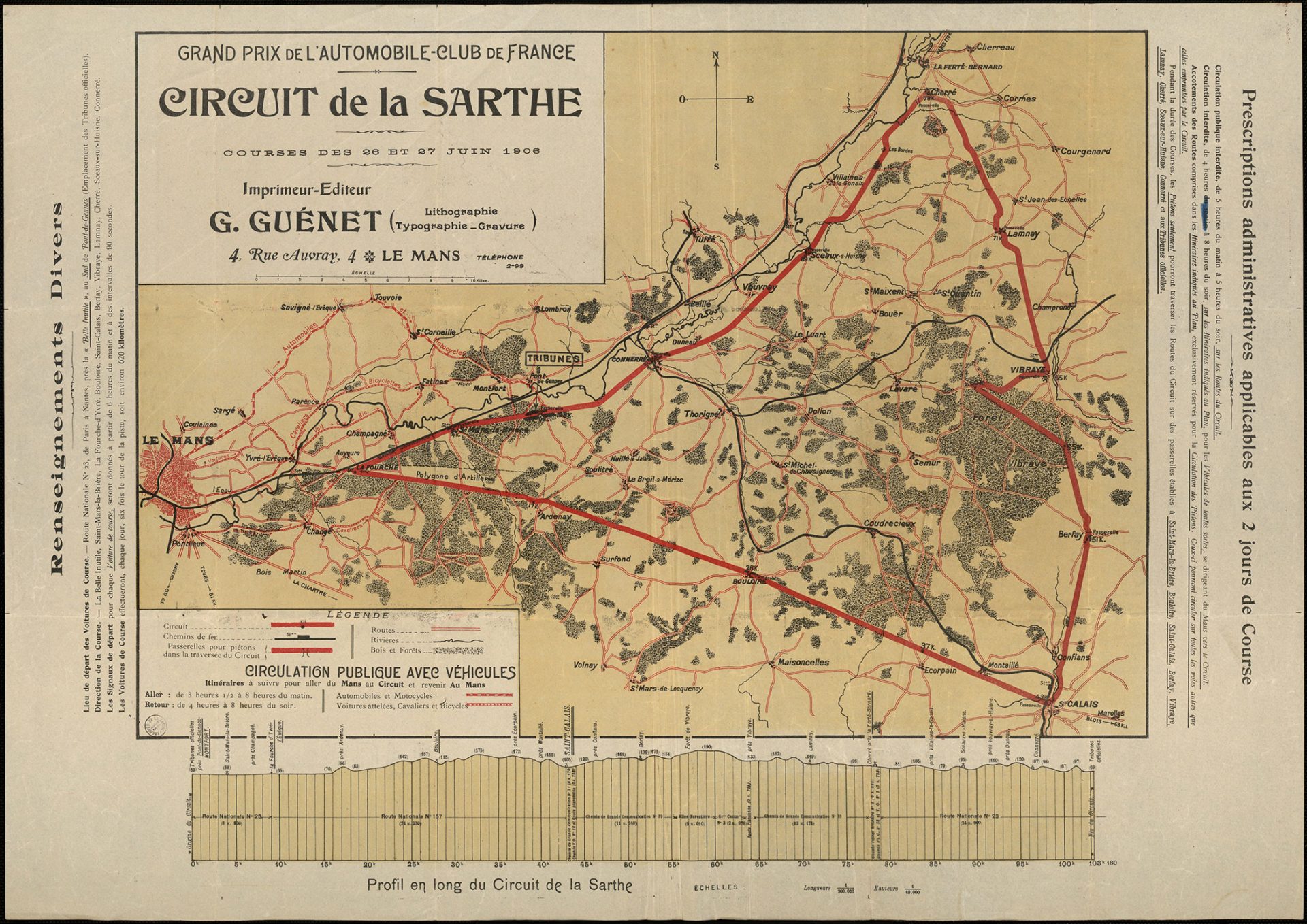
© ACO et Archives Départementales de la Sarthe
Georges Durand’s brilliant idea: the 24 Hours of Le Mans
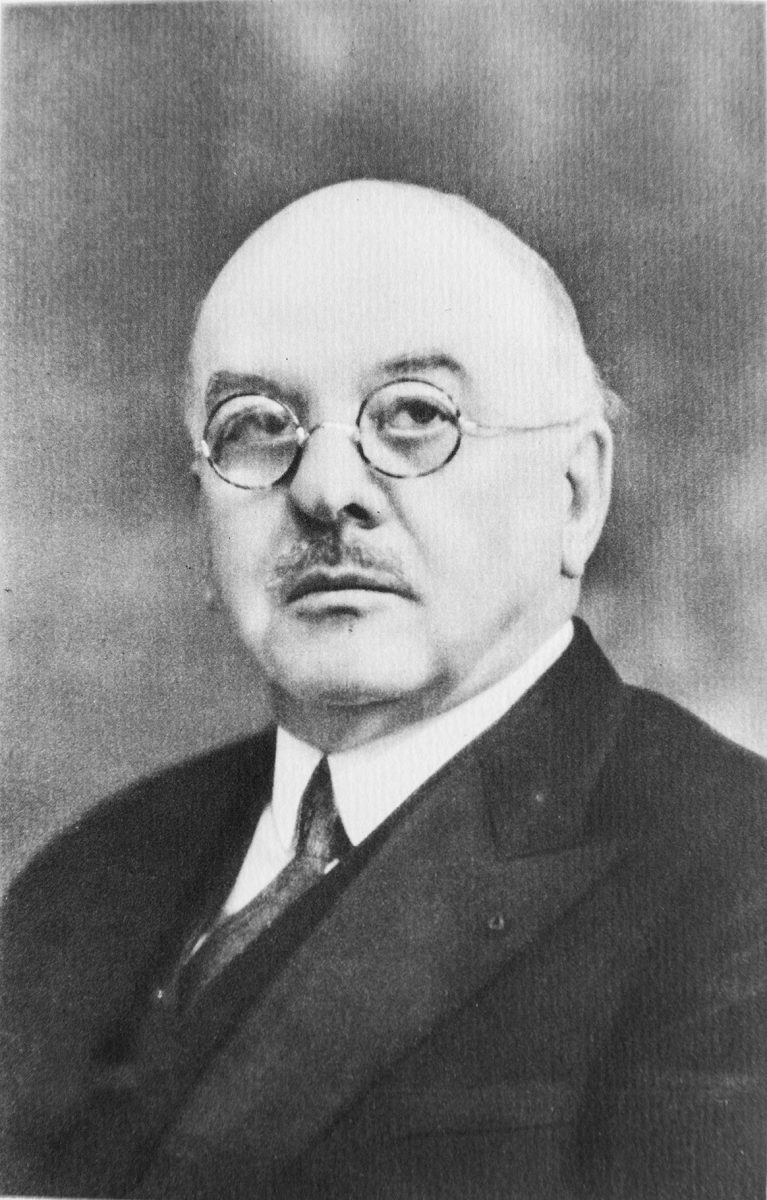
Already at the origin of Sarthe’s candidacy to receive the ACF Grand Prix in 1906, Georges Durand distinguished himself in 1922, at the Motor Show. The child of the country (he was born in Fresnay-sur-Sarthe, in the Mancelles Alps), seals with Charles Faroux, boss of the newspaper L’Auto and Émile Coquille, a wheel manufacturer, the creation of a car race that they name the 24-Hour Speed and Endurance Grand Prix / Rudge-Whitworth Cup. The visionary idea of Georges Durand, also at the origin of the tourist office of the Alpes Mancelles, is to allow manufacturers to test the reliability and robustness of their cars every year for 24 hours.
The first edition in 1923
On May 26 and 27, 1923, 33 cars set off to conquer the 17 kilometers (13.626 km today) of the very first edition of the 24 Hours of Le Mans. The Chenard and Walcker n°9 of André Lagache and René Léonard won the victory by traveling at an average speed of 92 km/h.
